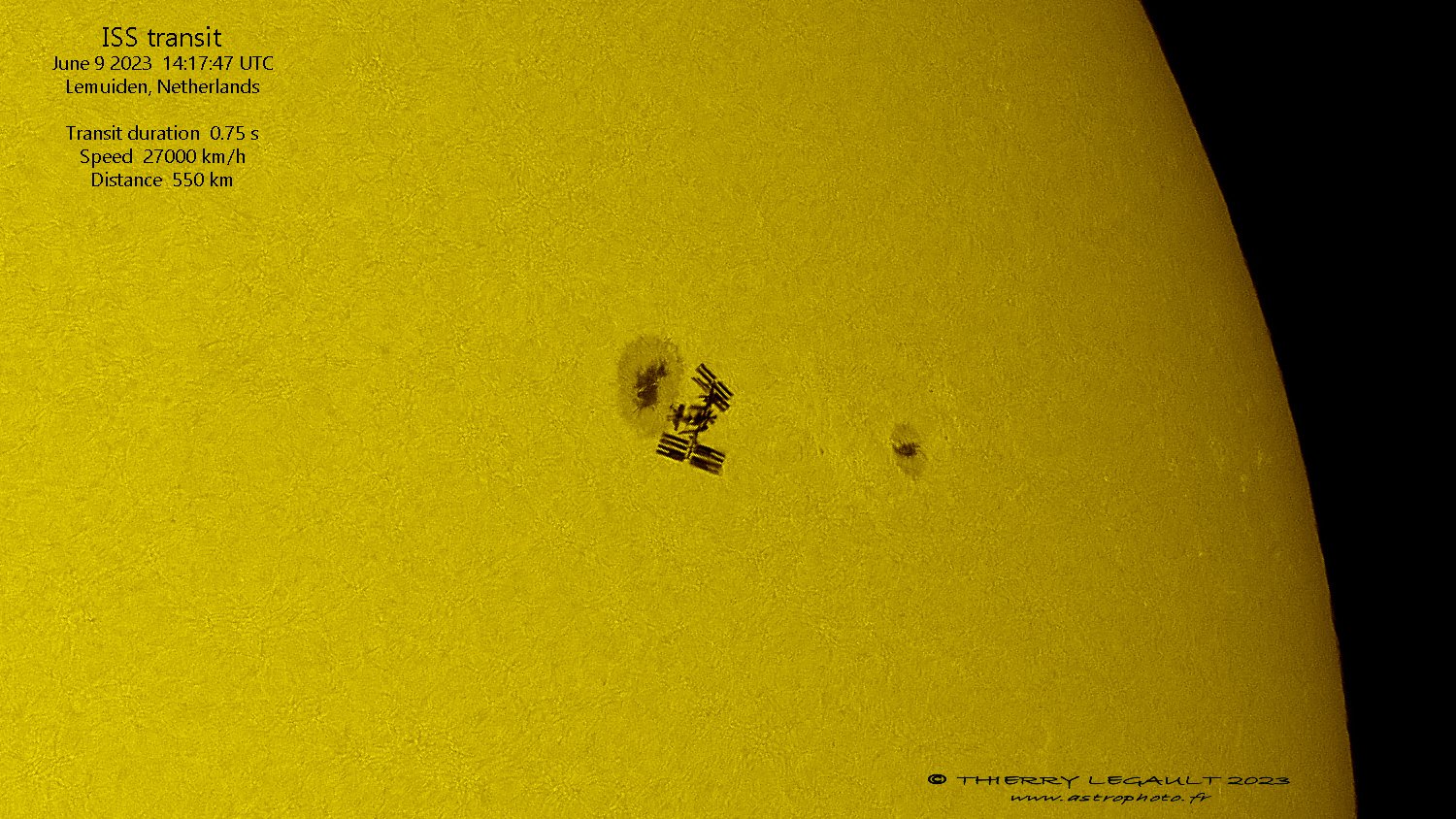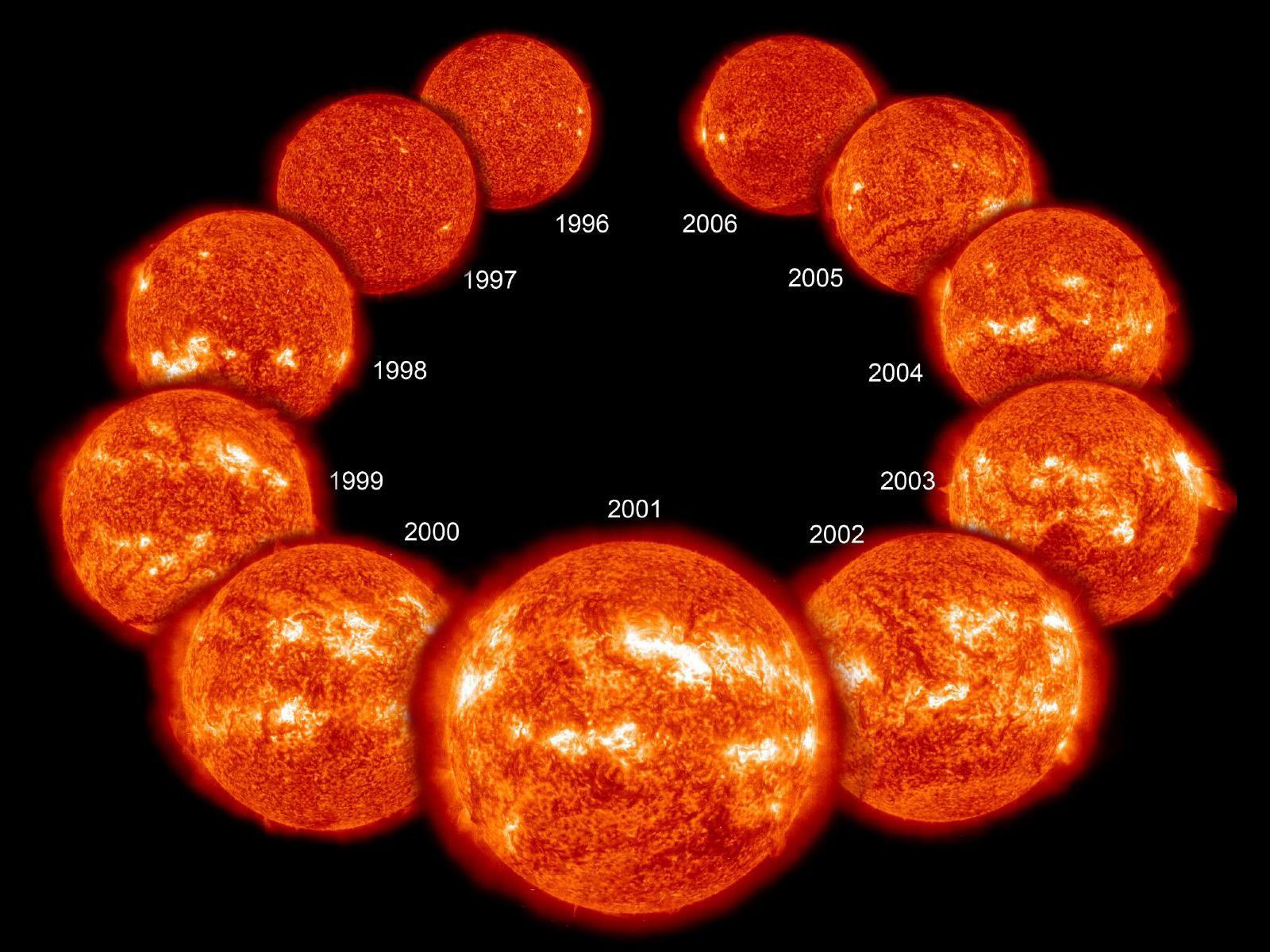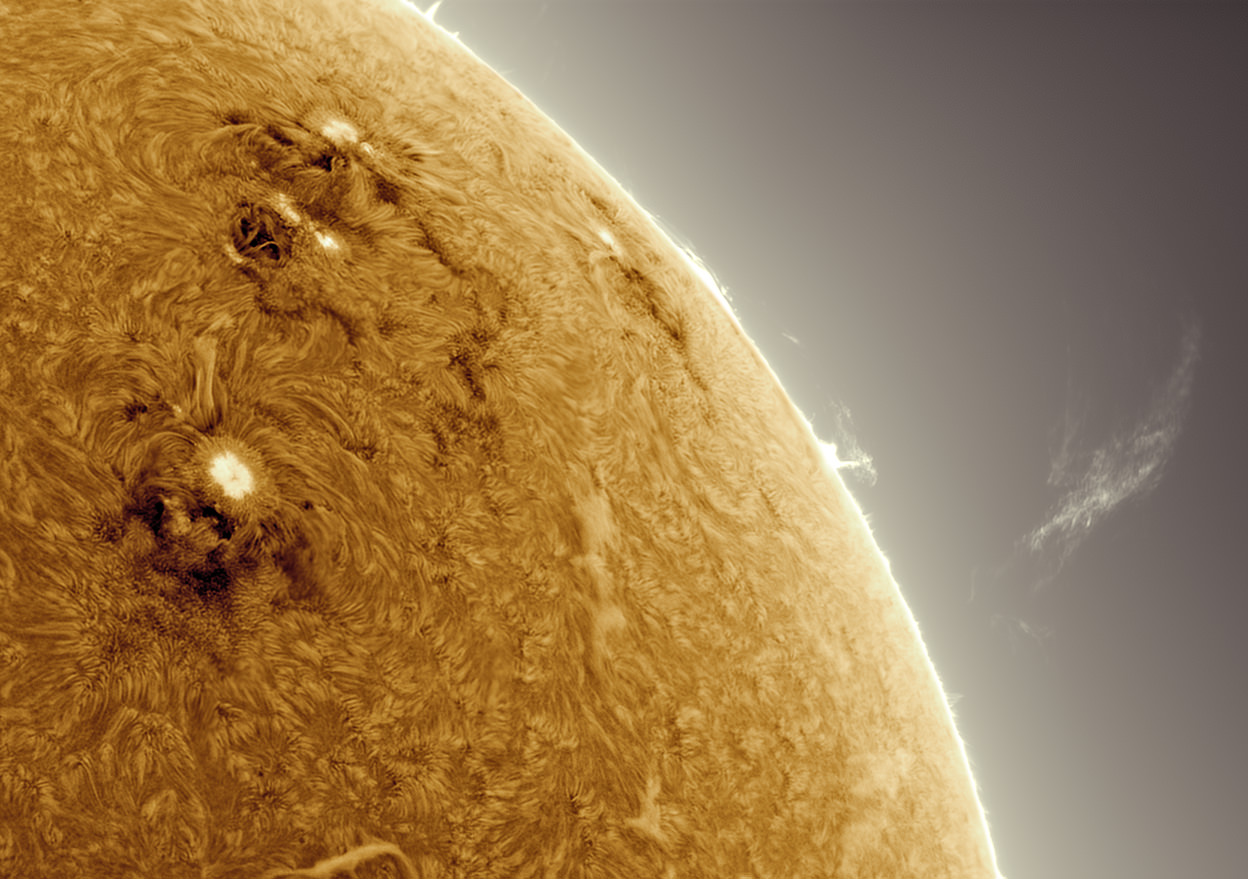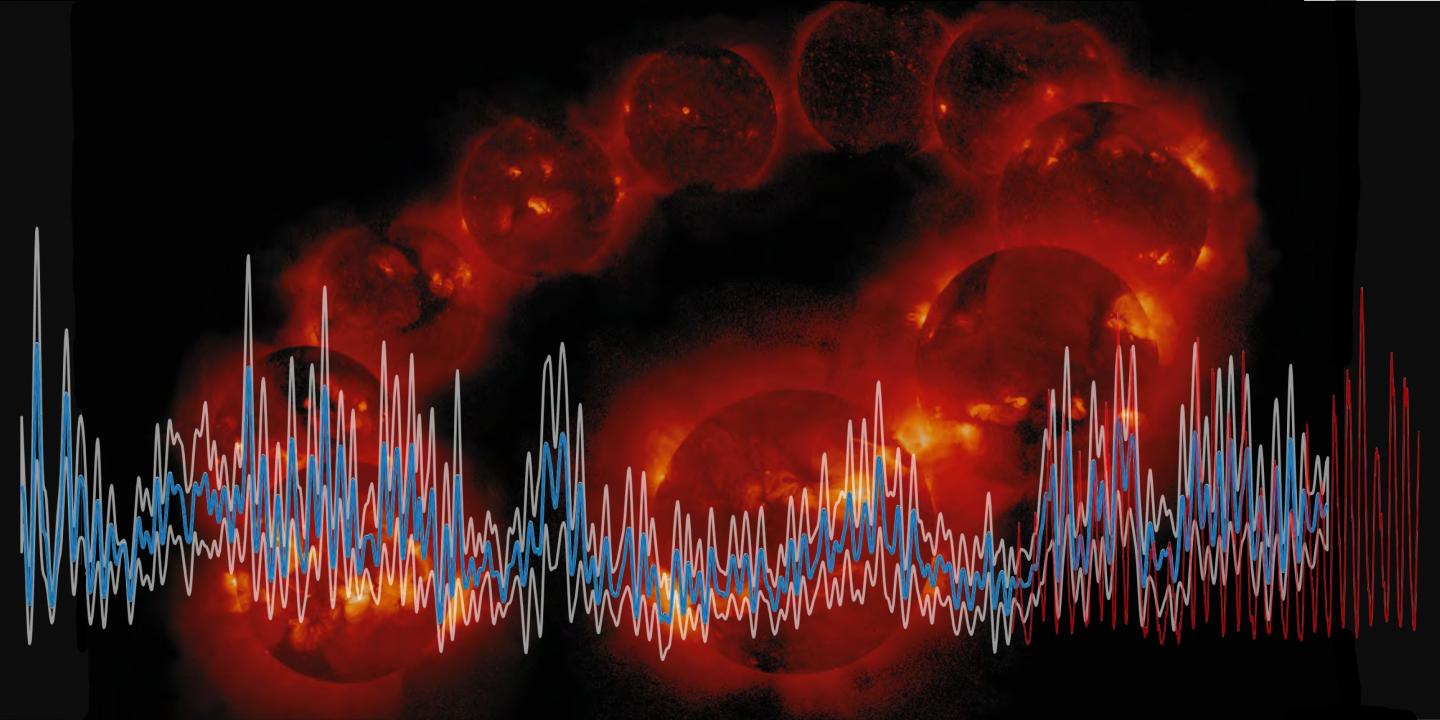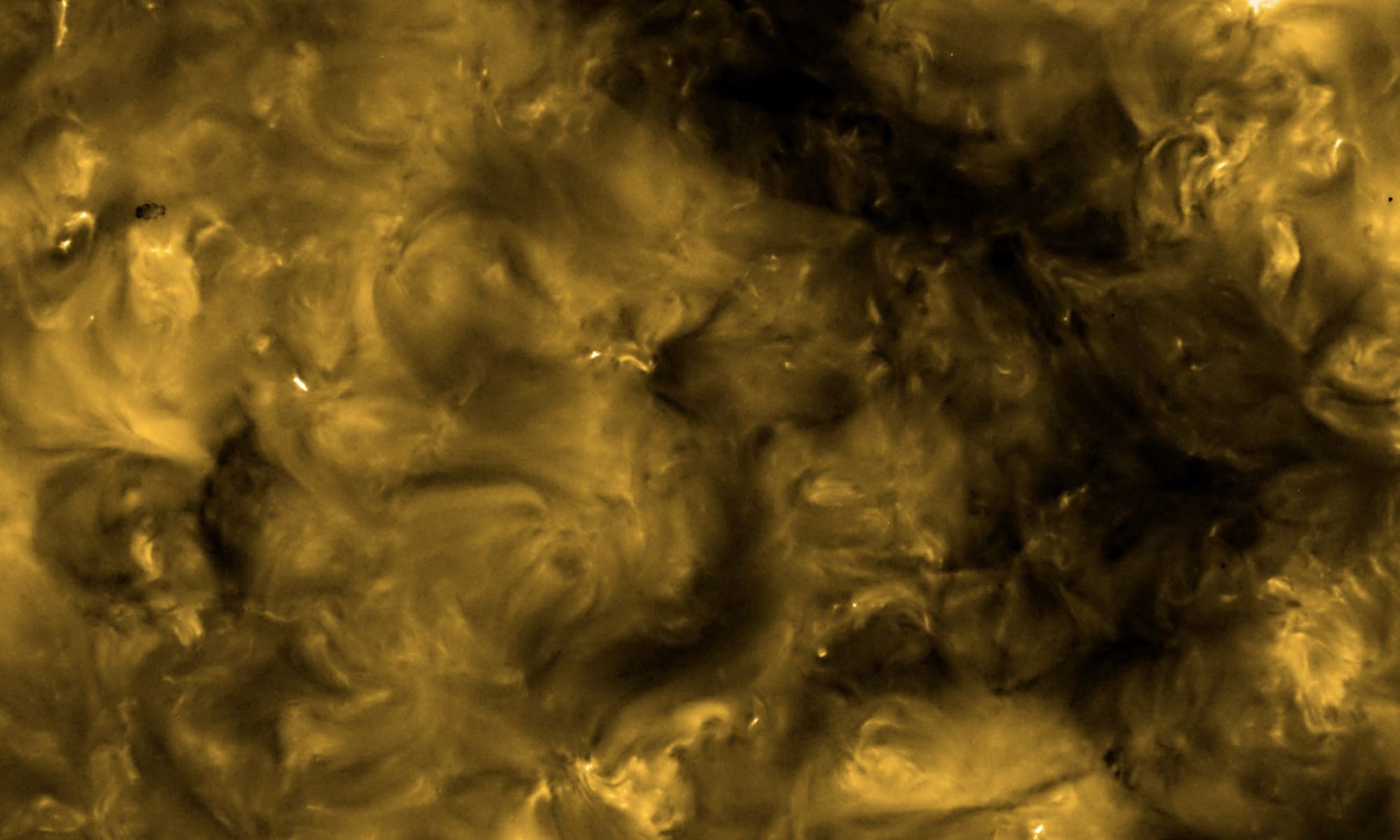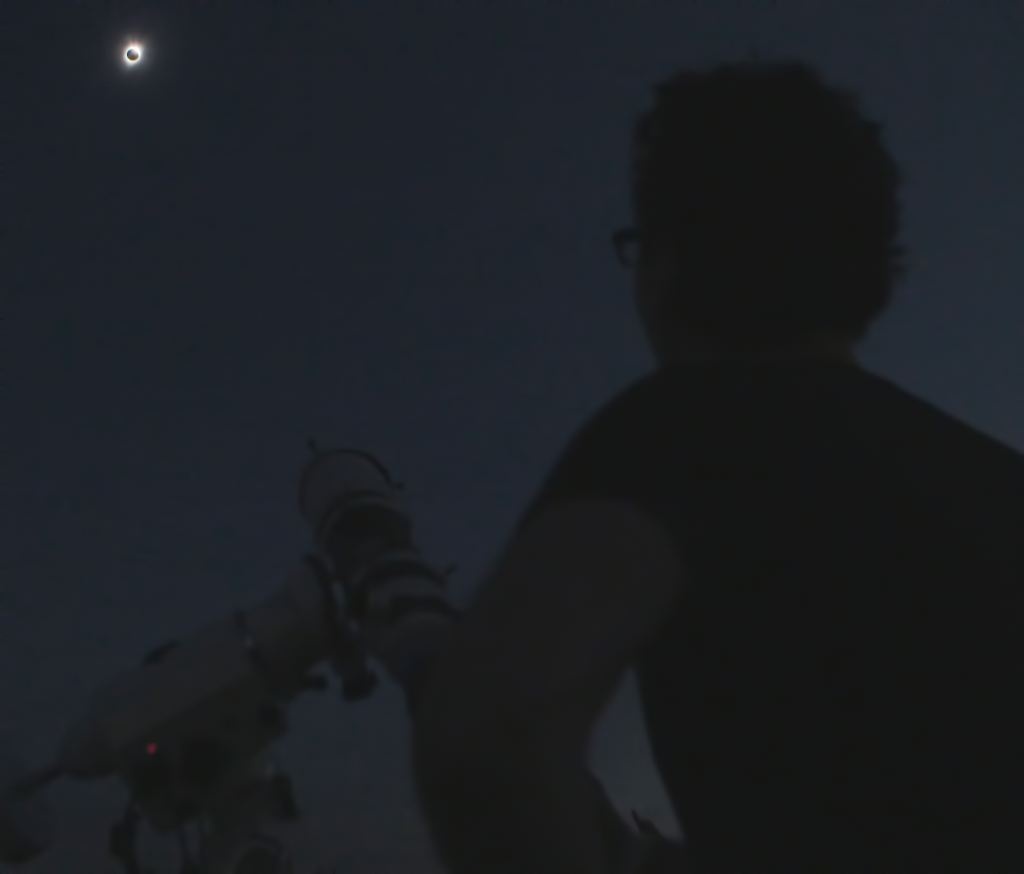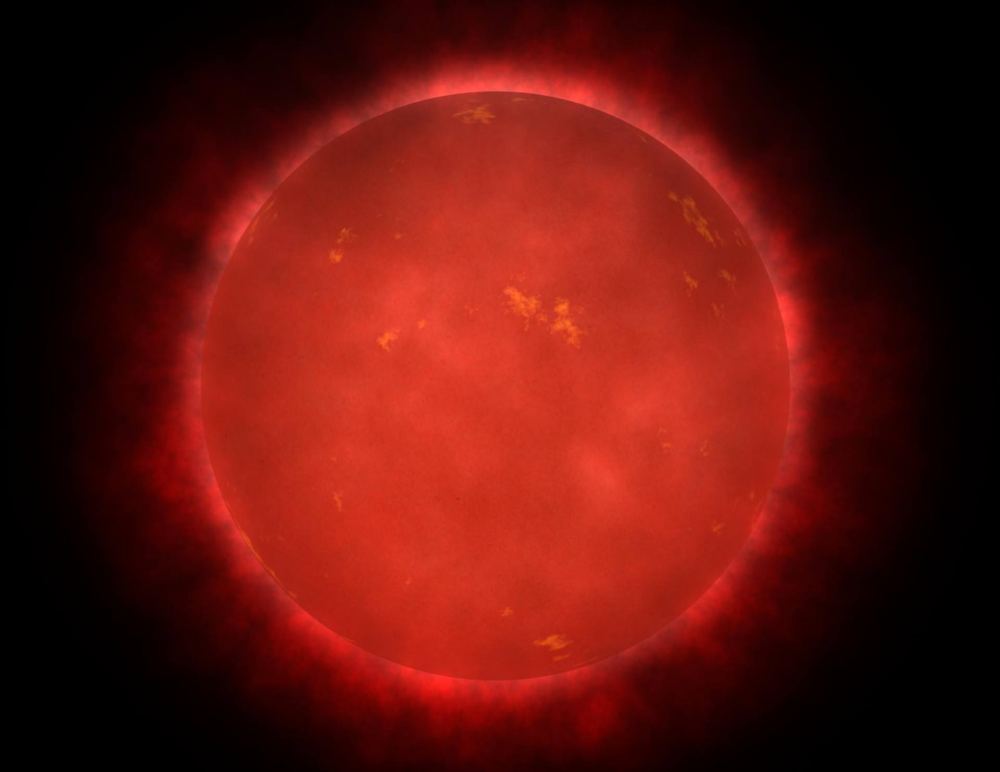He’s done it again, outdoing even his own incredible work.
Over the years, we’ve written many articles to share the beautiful and mind-bending astrophotography of Thierry Legault. Each year he seems to come up with ideas to try to surpass even his own craziest attempts of astrophotography feats – such as capturing spy satellites in orbit, or snapping pictures of the International Space Station (ISS) transiting the Sun during a solar eclipse.
Now, he was able to take pictures of the ISS transiting the Sun while two astronauts were doing a spacewalk. As an added challenge, Legault made sure he was in the right place at the right time so he could capture the ISS (and astronauts) while they were passing by three enormous sunspots.
WHAT??
Continue reading “Thierry Legault’s Stunning Views of the Space Station (with spacewalking astronauts) Crossing in Front of Sunspots”
